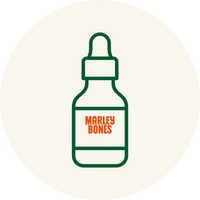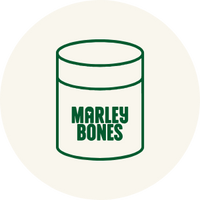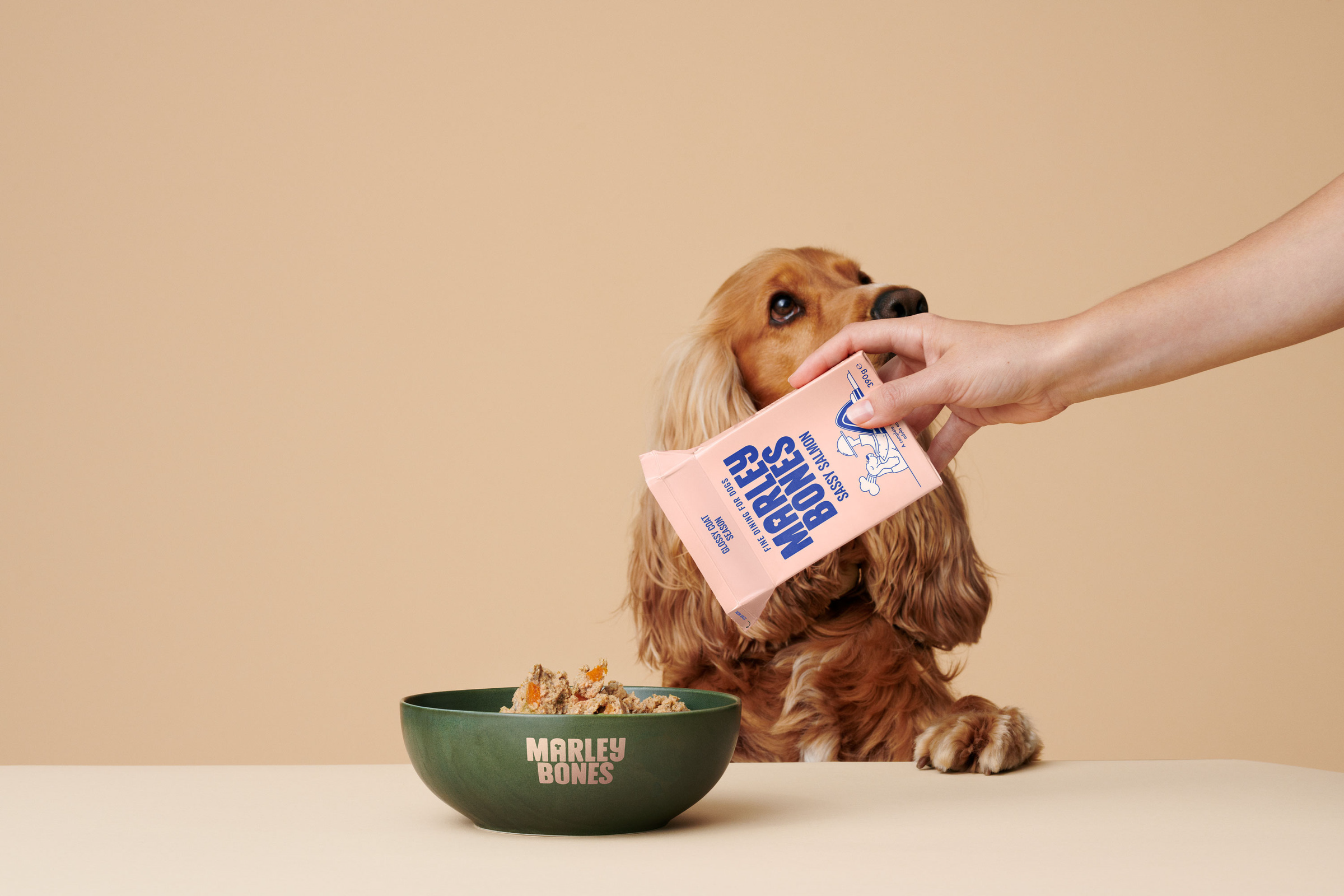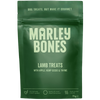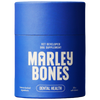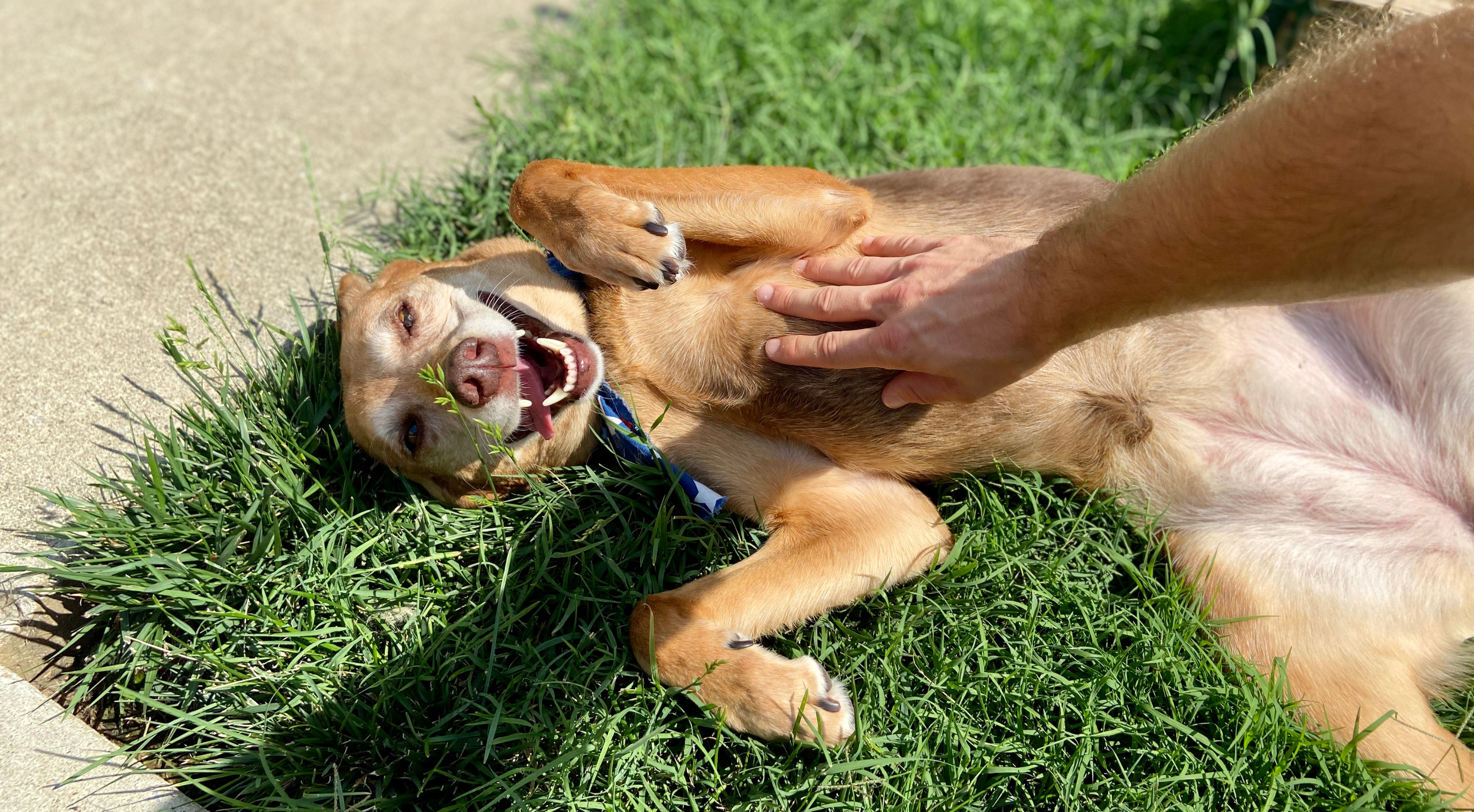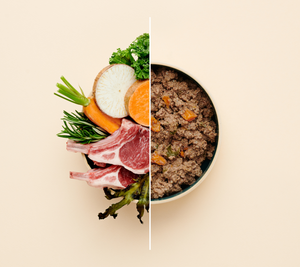Here’s Why Your Dog’s Leg Twitches When You Scratch That Spot – The Science Explained
If you’ve ever scratched your dog in just the right place and seen their back leg start thumping away, you’ll know it’s both funny and oddly satisfying. But what’s going on is more than just cute — it’s a fascinating bit of canine biology known as the scratch reflex.
When you hit that magic spot, you’re triggering nerve endings in your dog’s skin. Those nerves send an instant message to the spinal cord, which fires back to the leg muscles saying, “Kick now!” The result? That involuntary leg twitch we all know and love.
It’s nature’s clever way of helping dogs deal with itches, irritations, or pests quickly — the sort of reaction that could flick off an insect in a flash.
The Science Behind the Scratch Reflex
When you scratch your dog’s belly, side, or even the base of their tail, you’re tapping into a built-in system designed for speed and efficiency.
Neurological Pathways Involved:
- The scratch reflex works through a network of sensory and motor neurons:
- Sensory neurons in the skin detect the scratching.
- The spinal cord receives these signals and quickly interprets them.
- Motor neurons then activate the leg muscles, causing the twitch.
Because the message doesn’t need to travel all the way to the brain before the leg responds, the reaction happens almost instantly. This streamlined design is a perfect example of how a dog’s nervous system is built to protect them from irritants — and why a simple scratch can set off such a dramatic response.
It’s a bit like your knee-jerk reaction when the GP taps your leg — but in this case, you’re the one playing doctor with your dog’s belly.

Other Reactions Your Might Notice
While the leg twitch is the classic sign, scratching certain areas can trigger other involuntary movements — like head turns, tail wags, or even a quick back arch.
Different dogs have different sensitivity zones. Some may twitch furiously at the lightest touch, while others might need a good, firm scratch to get going.
Behavioural Side of the Scratch Reflex
This isn’t just biology — there’s a relationship aspect too. When your dog rolls over to let you scratch their tummy, they’re putting themselves in a vulnerable position. It’s a sign of trust and comfort.
That happy leg twitch, then, is both a reflex and a little nod of approval from your dog saying, “You found it — don’t stop now.”

When To Pay Attention
Most of the time, the scratch reflex is completely normal. But if your dog starts reacting more than usual, scratching constantly, or showing skin redness, sores, or bald patches, it could be a sign of fleas, allergies, or a skin condition.
In those cases, it’s best to check in with your vet.



